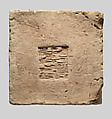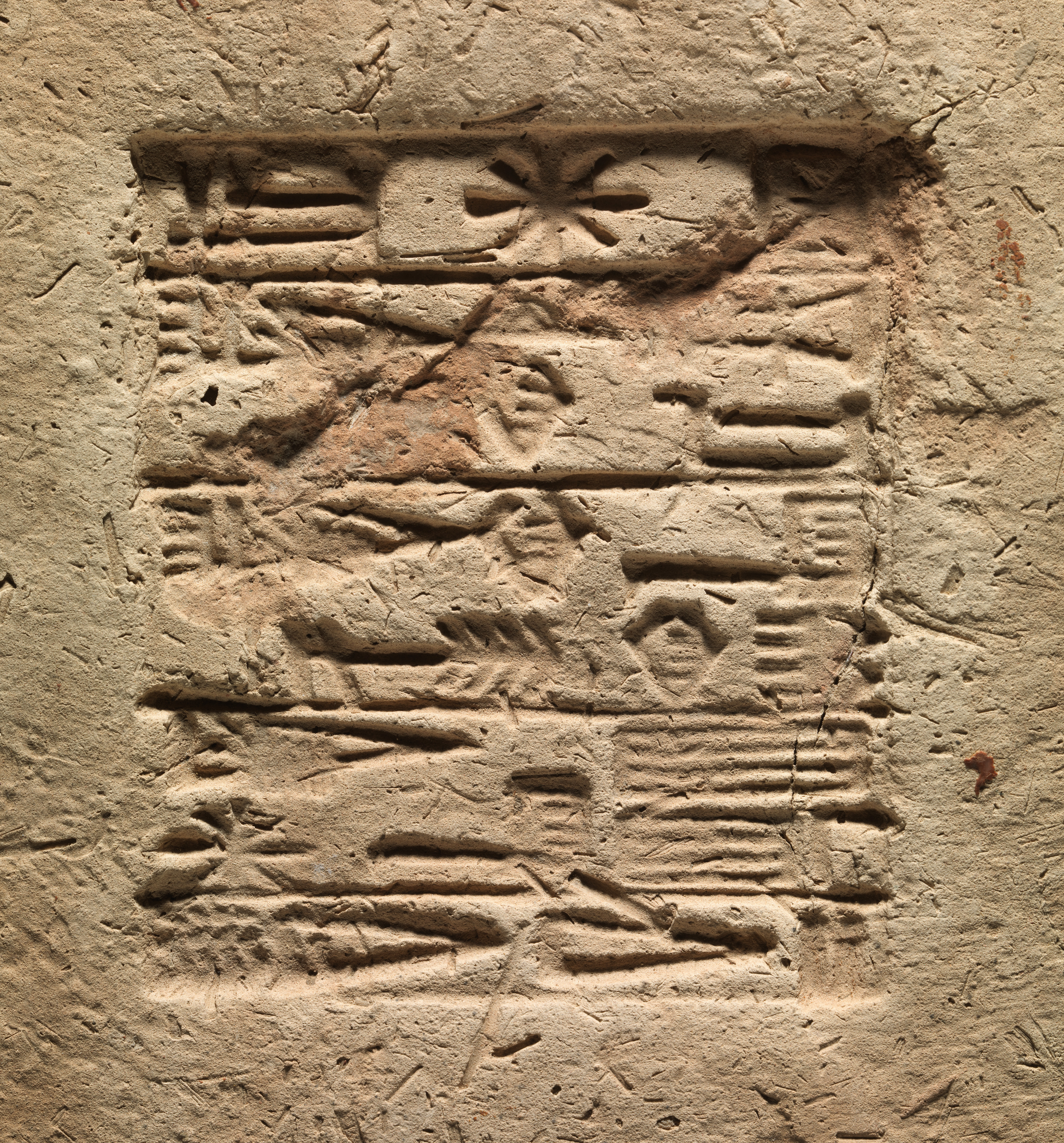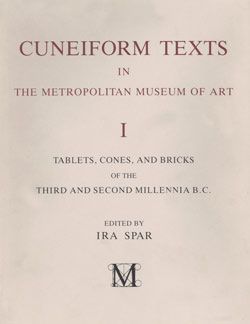Inscribed brick
Not on view
This ceramic brick was found during excavations at Nippur, the religious capital of Mesopotamia in the third and early second millennia B.C. Nippur was home to Enlil, the chief god of the pantheon. Rulers from other Mesopotamian cities sought to promote their kingship and garner this god’s favor by maintaining, repairing, and at times rebuilding his temple, the Ekur. The repair of a temple created an opportunity for a ruler to bury his own inscription within the walls, leaving a record for future generations.
The brick is stamped with an inscription written in the Sumerian language. It names the Ur III period ruler Ur-Nammu (ca. 2112-2095 B.C.). Royal power fragmented after the collapse of the Akkadian empire (ca. 2350-2150 B.C.). Ur-Nammu is credited for the reunification of Mesopotamia, an accomplishment evoked by the title "King of Sumer and Akkad", new to this king. Today, Ur-Nammu is known for his many building works, particularly at Ur, the new royal capital.
Ur-Nammu
the king of Ur,
the king of Sumer and Akkad,
(is) the one who built the temple of Enlil
(translation adapted from Cuneiform Texts in the Metropolitan Museum of Art Vol. I, No. 116)
This image cannot be enlarged, viewed at full screen, or downloaded.
This artwork is meant to be viewed from right to left. Scroll left to view more.





